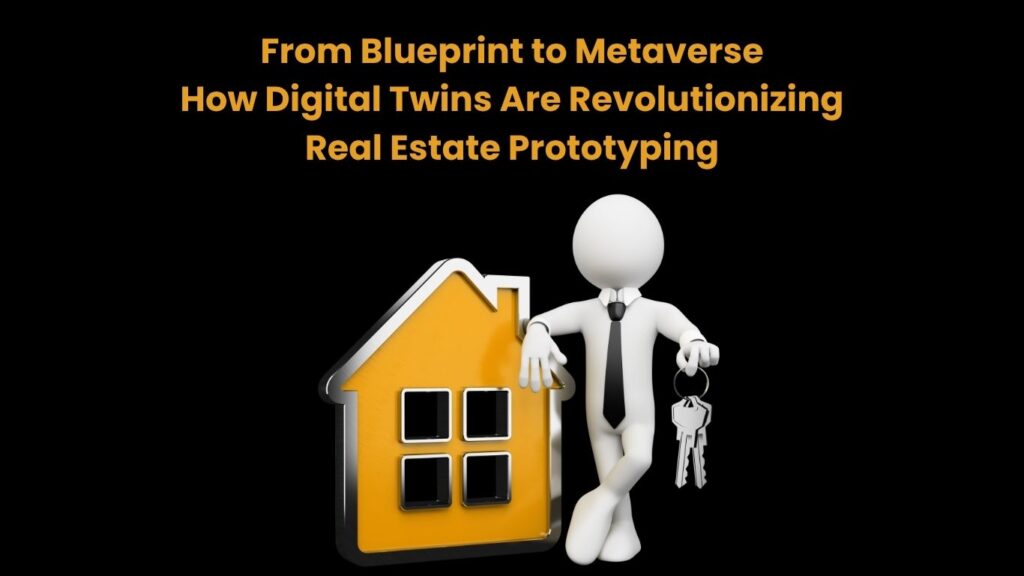How Digital Twins Are Revolutionizing Real Estate Prototyping
The real estate industry is undergoing a massive transformation, thanks to cutting-edge technology. One of the most exciting advancements is the rise of digital twins. These are virtual replicas of physical buildings. What for? Well, it allows developers and buyers to explore properties before they’re built.
But what exactly are digital twins, and how are they changing the way we design, sell, and experience infrastructure? Let’s dive in, after you’ve used your account to play blackjack and cool down from the stress of a long work week!
What Is a Digital Twin?
A digital twin is a dynamic, real-time virtual model of a physical asset—in this case, a building or an entire city. Unlike traditional 3D renderings, digital twins are powered by data, AI, and IoT (Internet of Things) sensors, making them interactive and constantly updated. This approach relies heavily on IoT solutions development to ensure seamless data flow and accurate real-time monitoring.
How Do They Work?
- Data Collection – Drones, LiDAR scans, and BIM (Building Information Modelling) software gather precise measurements of a property.
- Virtual Modelling – Advanced software creates a lifelike, interactive 3D model.
- Live Updates – IoT sensors in the real building feed data back into the twin, keeping it accurate over time.
This means architects can test designs, engineers can spot flaws early, and buyers can “walk through” a property that hasn’t been built yet.
Why They Are a Game-Changer
The real estate industry has always relied on blueprints, sketches, and physical showrooms. But digital twins take prototyping to a whole new level. Here’s how:
1. Faster, Cheaper Design Testing
Before this innovation, fixing a design flaw meant costly delays and rework. Now, architects can simulate:
- Structural stress
- Energy efficiency
- Natural lighting
By spotting issues in the virtual model, developers save millions in construction mistakes.
2. Hyper-Realistic Property Tours
Buyers no longer have to imagine a space from flat blueprints. With digital twins, they can:
- Explore every room in VR
- Customize finishes ((paint, engineered wooden flooring, furniture) in real time
- Experience different lighting conditions (day vs. night)
This immersive experience speeds up sales and reduces buyer hesitation.
3. Smart, Sustainable Buildings
Virtual twins help optimize energy use by tracking:
- HVAC performance
- Water consumption
- Solar efficiency
Developers can tweak designs to maximize sustainability before construction even begins.
From Virtual Models to the Metaverse
Digital twins are becoming part of the metaverse, a shared virtual world where people interact as avatars.
How It Exists in the Metaverse
- Property Sales – People buy virtual land and buildings in metaverse platforms like Decentraland.
- Hybrid Showrooms – Developers sell physical properties by showcasing their digital twins in VR.
- AI-Powered Neighbourhoods – Entire cities are simulated to test urban planning before breaking ground.
Soon, you might attend a virtual open house, meet AI-powered real estate agents, and even sign contracts, all from your living room.
Improving Urban Planning
Cities are becoming smarter, and digital twins play a crucial role in shaping the urban landscapes of tomorrow. By creating virtual replicas, urban planners can simulate traffic flow and energy consumption. They can even practice emergency response scenarios before making real-world changes.
For example, a city might use this method to test:
- Traffic management – Adjusting signal timings or adding bike lanes to reduce congestion.
- Disaster preparedness – Modelling flood risks or earthquake impacts to improve infrastructure resilience.
- Public space design – How parks and plazas will look with different layouts before construction.
Singapore’s “Virtual Singapore” project is a leading example. It is a dynamic 3D model of the entire city that helps officials make data-driven decisions.
Read More: What is Python Used For? Guide to 7 Top Real-World Uses.
The Role of AI and Big Data
Digital twins wouldn’t be possible without artificial intelligence (AI) and big data. This tech works together to analyze vast amounts of data, predict outcomes, and optimize building performance in real time.
Here’s how they enhance the process:
- Energy optimization – Machine learning algorithms adjust lighting and temperature settings. This is based on usage patterns, cutting costs and carbon footprints.
- Market trend analysis – Developers use this data to predict which property features (like smart kitchens) will be in demand.




